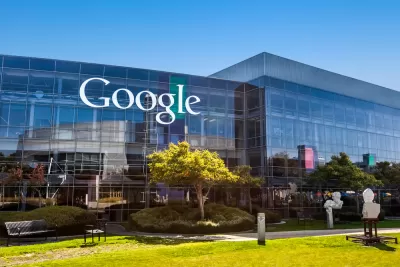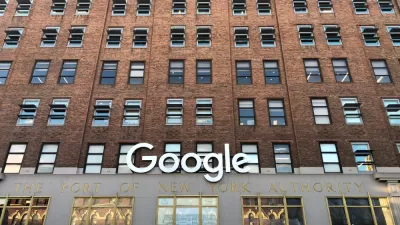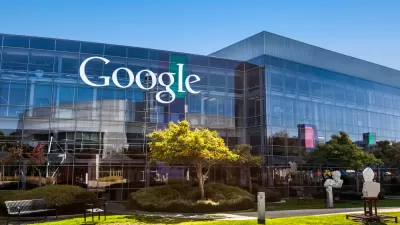Unlike the earlier iteration, today's full-amenity tech campuses provide their well-paid engineers with Millennial-friendly upper middle class comforts. But is that enough?

In a piece for Architecture Boston, Allison Arieff discusses how modern high-tech office parks differ from Pullman's old company town—and how they're similar. Back then, and perhaps today, "This generosity was less altruistic than strategic: Companies could improve working conditions while deterring workers from activism and unionization. Employees were taken care of but had no autonomy."
Providing table tennis tables for Millennial employees is one thing (we love ourselves some ping-pong), but housing them is another matter. But in places like the Bay Area, it might just make sense. "It is not surprising then, in hot markets that accompany the healthiest economic ecosystems, that housing might be seen as the ultimate amenity. It certainly is becoming an obstacle, if not the biggest obstacle, to hiring in these locations."
Old-school company towns were supposed to be blue collar utopias. But today's version serves a more stratified demographic. "These 'new towns' are more New Urbanist than Manhattan-ish. [...] Company Town 2.0 is a walkable, amenity-rich offering for highly paid knowledge workers that has emerged as an indispensable tool for hiring the better engineer."
The word "campus" is very apt. Arieff writes, "the emerging model may be less company town and more postcollege campus, as exemplified by the new 'community-driven living concept' developed by the co-working start-up WeWork. It's called 'WeLive.'"
FULL STORY: Company town 2.0

Maui's Vacation Rental Debate Turns Ugly
Verbal attacks, misinformation campaigns and fistfights plague a high-stakes debate to convert thousands of vacation rentals into long-term housing.

Planetizen Federal Action Tracker
A weekly monitor of how Trump’s orders and actions are impacting planners and planning in America.

In Urban Planning, AI Prompting Could be the New Design Thinking
Creativity has long been key to great urban design. What if we see AI as our new creative partner?

King County Supportive Housing Program Offers Hope for Unhoused Residents
The county is taking a ‘Housing First’ approach that prioritizes getting people into housing, then offering wraparound supportive services.

Researchers Use AI to Get Clearer Picture of US Housing
Analysts are using artificial intelligence to supercharge their research by allowing them to comb through data faster. Though these AI tools can be error prone, they save time and housing researchers are optimistic about the future.

Making Shared Micromobility More Inclusive
Cities and shared mobility system operators can do more to include people with disabilities in planning and operations, per a new report.
Urban Design for Planners 1: Software Tools
This six-course series explores essential urban design concepts using open source software and equips planners with the tools they need to participate fully in the urban design process.
Planning for Universal Design
Learn the tools for implementing Universal Design in planning regulations.
planning NEXT
Appalachian Highlands Housing Partners
Mpact (founded as Rail~Volution)
City of Camden Redevelopment Agency
City of Astoria
City of Portland
City of Laramie





























